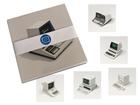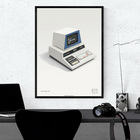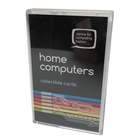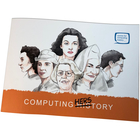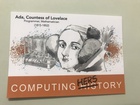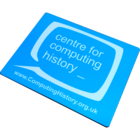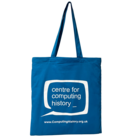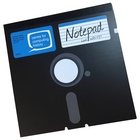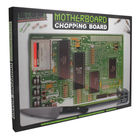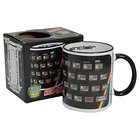|
Planning a computer system: Project Stretch has 322 Pages.
Year of Publication: 1962
ISBN:B0000CLCYO
Author: Werner Buchholz
Publisher McGraw-Hill, Inc. Hightstown, NJ, USA
This Amazon review is from: Planning a Computer System: Project Stretch (Hardcover)
Werner Buchholz was a Systems Consultant on the IBM Research and Engineering Corporate Staff and manager of engineering planning during Project Stretch. This 1962 book explains the functional characteristics of large high-speed digital computer. The electronic computer improved scientific research by reducing costs and times. The Stretch computer was planned with the involvement of users and designers, this book records the design effor for the instruction set and related functional characteristics (`Preface'). The IBM 7030 was the latest in advanced design. This book does not cover the programming techniques used in the compiling and supervisory programs for this system.
Project Stretch started in 1954 to use the experience gained from early computers (Chapter 1). A computer built of solid-state components (transistors and diodes) would have higher reliability, lower power consumption, smaller size, lower cost (automatic assembly), and greater speed. They wanted a machine that was a hundred times faster than the 704 (p.2). This required components that were possible but did not yet exist. The Atomic Energy Commission gave a contract. Automatic checking facilities would detect and correct errors. The best features of existing computers would be used. A high-speed parallel arithmetic unit would execute floating-point arithmetic (p.3). Main memory would be 8,192 words (65,536 bytes). A unit provided simultaneous operation of input-output, storage, and data-transmission devices. Magnetic disk units with a capacity of one million words (8 million bytes) were used for external storage (p.4).
Chapter 2 explains the Architectural Philosophy, to meet the needs of the user. The engineering design should be economical and feasible. Some real-time tasks needed very high performance, others were too large to use existing computers. A general-purpose computer is needed for scientific processing, business data processing, and large information processing needs (p.6). A fresh design permits many system improvements. Efficiency required making programming easier by using a compiler (p.8). A rich instruction set was used to offset memory limitations (p.10). Multiprogramming would take advantage of a more powerful machine. Concurrent operation of the computer with input-output operations increases speed (p.11). The paragraphs on Multiprogramming foretells the future (p.13).
Chapter 3 provides a System Summary. Chapter 5 explains why binary numbers were used (more economical than decimal). The character set allows 120 characters with lower-case letters (Chapter 6). The set of instructions is the most distinguishing characteristic of a computer (Chapter 9). The operation of a computer depends on instruction sequencing (Chapter 10). Chapter 12 discusses Input-Output Control design. The 7030 is capable of working on multiple instructions (Chapter 13). Multiprogramming allows concurrent execution of programs to improve performance. The Central Processing Unit was designed for this (Chapter 14). There are pictures of circuit cards (p.223) and the main frame (p.227). The Exchange controls the flow of information between internal memory and external storage (Chapter 16). Chapter 17 discusses non-arithmetical systems such as information retrieval, language translation, etc. [The example on page 270 assumes the values are in descending order.]
ISBN :
Publisher :
Author :
Format :
This exhibit has a reference ID of CH11318. Please quote this reference ID in any communication with the Centre for Computing History.
|
|
 Click on the Images For Detail
Click on the Images For Detail
|


